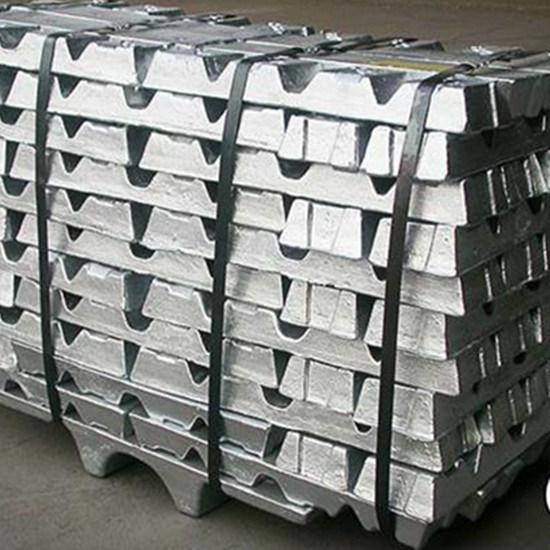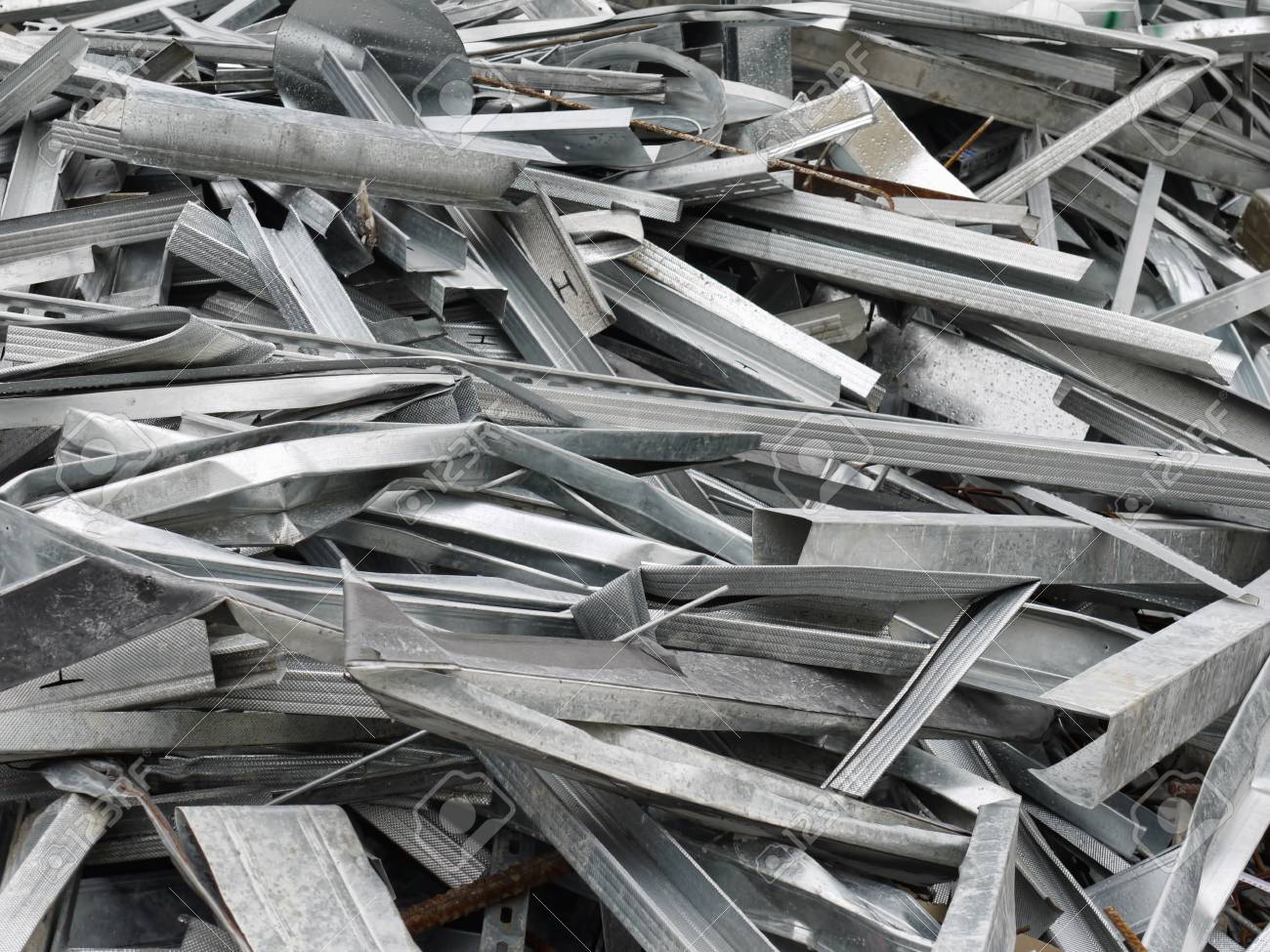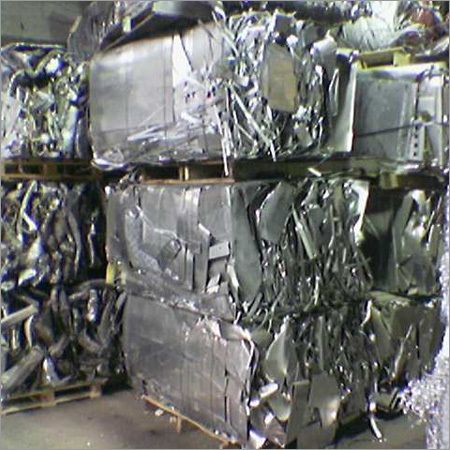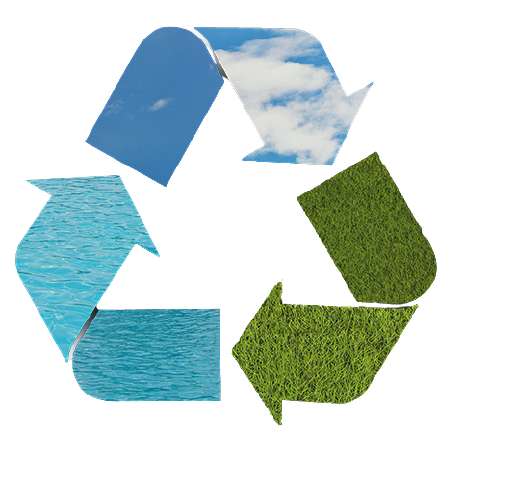ZINC
Recycled zinc is an important metallic raw material obtained from zinc waste from various industrial and post-consumer applications. Zinc recycling is an efficient process that reduces the need for mining, saves energy, and diminishes environmental impact, contributing to a sustainable circular economy.



Our Expertise in Zinc Recycling
Specialized in the acquisition and sale of zinc waste, we serve global markets (Europe, Asia). Solid partnerships ensure a constant flow of quality raw materials, tailored to our clients’ specific needs. We are dedicated to adhering to the highest standards of purity and processing, confirmed by our certifications.
Packaging & Logistics: Zinc waste is efficiently managed and delivered by road and sea transport. Packaging is done in: bulk (for large quantities of waste), on pallets (for ingots or plates), in metal containers (big box, for cast waste or dross), or in Big-Bag sacks (for zinc ash or small waste).
Certifications: ISO 9001:2015, SGS, ASTM, ISRI, SR EN 1179:2006, REACH, RoHS.
Characteristics
Origin: Post-consumer/industrial waste (galvanized sheets, foundry waste, used batteries, galvanic residues).
Processing: Collection, sorting, cleaning, melting, refining (to obtain high-purity zinc).
Chemical Composition: According to SR EN 1179:2006, with min. 99.995% Zinc.
Physical Properties: Density 7.13 g/cm3 , Melting point 419.5 °C.
Purity: Our zinc ingots contain no slag, oxide particles, or impurities.
Type: High-purity recycled zinc.
Form:
Ingots/Billets (cast in standard forms)
Plates/Sheets (pieces of 100×100 mm, up to 1000×1000 mm, or bulk)
Zinc granules (where applicable, from certain processes)
Grades:High-Purity Zinc (corresponding to Z1): min. 99.995% Zinc.
Advantages
Conservation of mineral resources and the environment.
Significant energy savings compared to primary zinc production.
Reduction of greenhouse gas emissions.
Versatility in applications, easy to process.
Infinitely recyclable without loss of properties.
Applications
Galvanizing (protection of steel against corrosion).
Production of special alloys.
High-performance batteries.
Chemical industry.
High-purity construction materials.
